Welcome to what is possibly the most sophisticated mindbody wellness platform ever created.
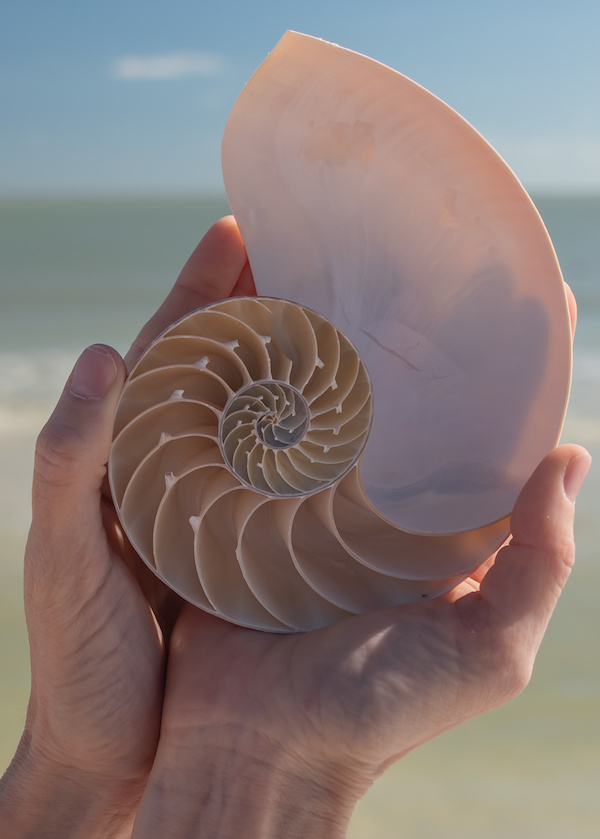
Why are we saying this?
Most software platforms ask you to conform to someone else's logic. This platform places you at the center, and wraps around your particular needs.
No one else is just like you. So why should your learning journey be the same as anyone else's?
We've just handed you an instrument with hundreds and hundreds of keys. These can be combined in any possible combination of sequences to address the intersections of your yearning and your distress. Our objective is going to be to create a songline that connects those. This page explains how you can start to do it...
Introduction to the Restorative Practices Deep Learning Platform
PLEASE READ THIS. IT WILL TAKE 5 MINUTES. YOU WILL BE GLAD THAT YOU DID.WHAT IS THE DEEP LEARNING PLATFORM?
Welcome to the Restorative Practices Deep Learning platform. The platform centralizes autonomic physiology in the diagnosis and treatment of stress-related disorders. We have been working on it with more than 60 mentors and advisors from 25 disciplines of wellbeing for over 20 years. It has been field-tested by nearly 15,000 people in 45 countries.Our work has been featured in Psychology Today, requested by the Stanford University School of Medicine, and is actively utilized by organizations, clinics, and wellness professionals globally.
The platform is an effective adjunct in the treatment of anxiety, depression, gastro-intestinal disease, sleep disorders, post-traumatic injury, auto-immune disease, and complex chronic illness. It can effectively support you between sessions with a provider, and provide a respite of restoration and guidance for ways to become an active agent of your own healing and transformation.
It empowers you to work with the root drivers of your own physiology, while building your awareness of the structures of modernity that undermine our experience of relatedness, kinship, and safety that are necessary to scaffold true wellbeing.
We have recently made changes in the way that we are sharing this platform, and in its cost structure, to make it more affordable to people around the world, as well as the practitioners who support them.
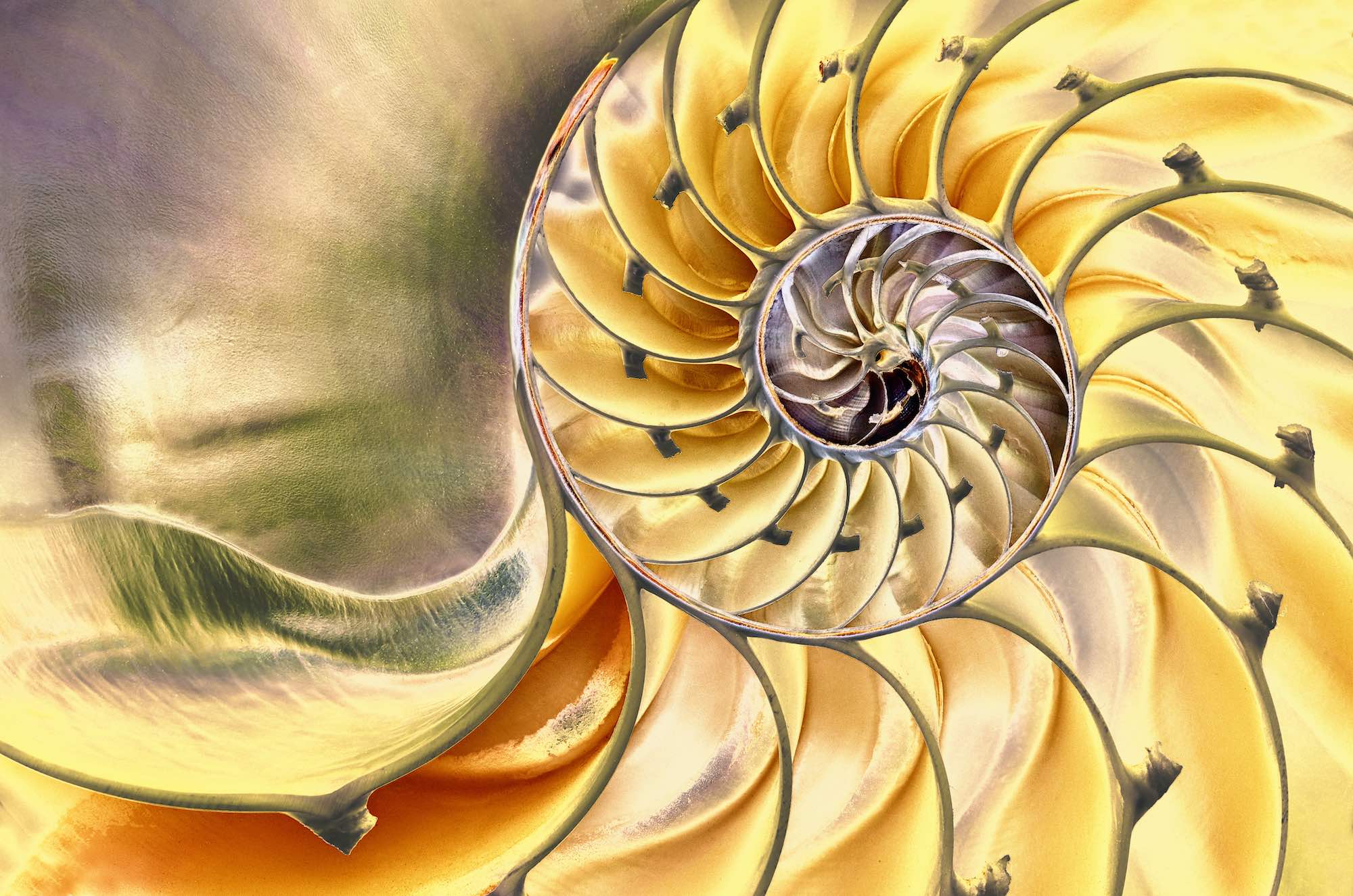
A MAP NOT A LINE
The platform is organized radially, as a map. Think of it as a terrain. As you are navigating this terrain, you need to have a sense of where you are traveling from, and where you are going. If you don't have a sense of this, a guide can help. You can think of this as a kind of journey line, or songline. It connects where you are with where you are longing to go. Essentially, some less thriving version of yourself with some more thriving version of yourself. This line will generally not be straight. It might not be a line at all. It might be a spiral.BETWEEN CONNECTION AND DISTRESS
There are two things that can help steer you on this journey. One is a sense of the landscape of your connections. These represent what is important to you, your values, and your sense of belonging. The other are your symptoms: the particular nature of your distress.Using our filtering tools, as well as our assessments, you can tailor the platform along these twin lines. As you get a sense of the intersection between what is meaningful to you, and what you are struggling with, the platform will recommend films, frameworks, and practices that live in this intersection.
You can begin to sequence these in whatever way is meaningful to you. This process is more of a right brain process than many modern people are used to. We encourage you to begin to lean more on your emotional, intuitive, holistic, inquisitive, and creative side in this process. Trust your sense of what practices appeal to you visually, or the way the words sound. Don't try to simply be 'rational' about this. The platform is trans-rational, by which we mean that it includes rationality, but doesn't give it value over other ways of sensing, feeling, and knowing.
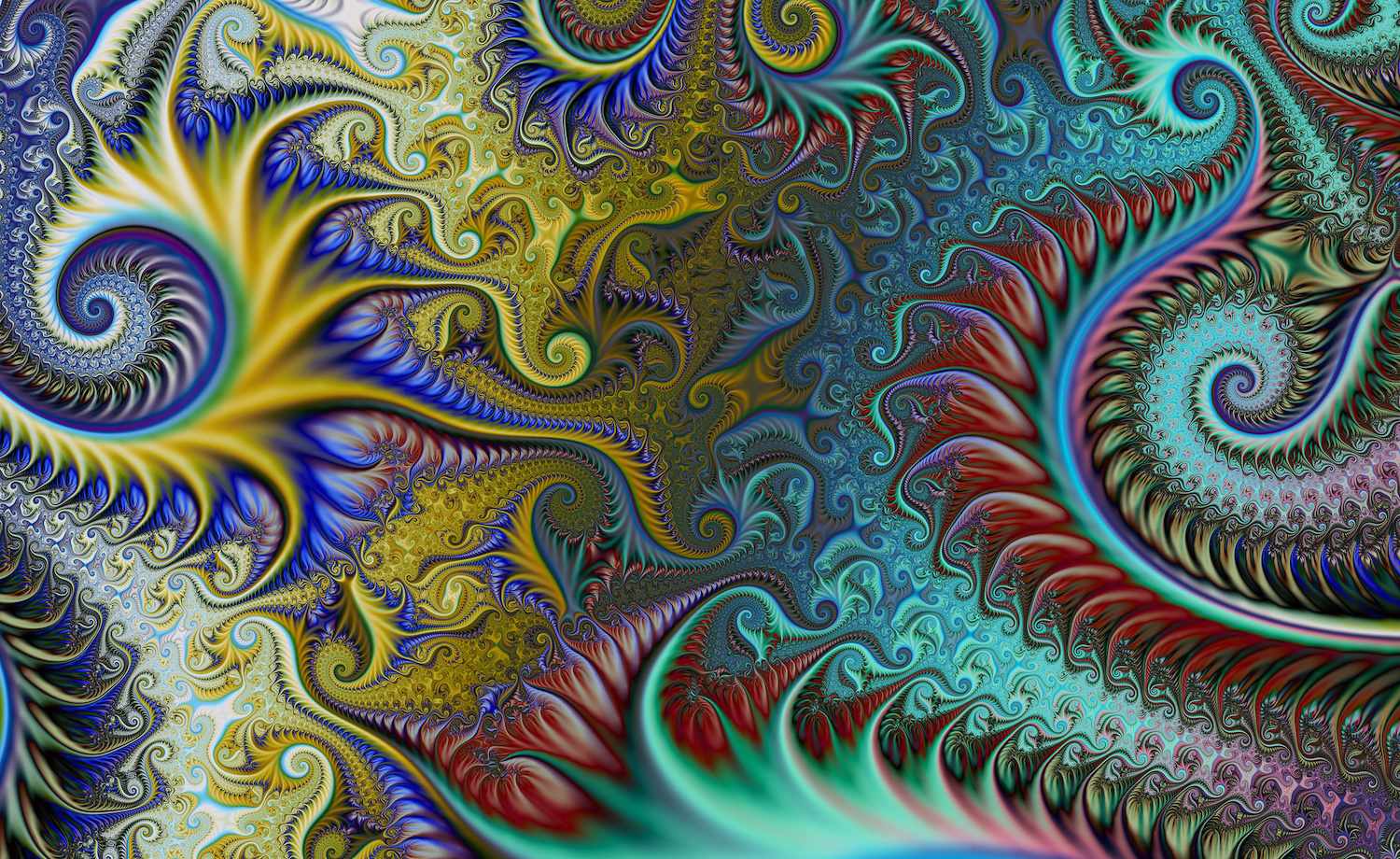
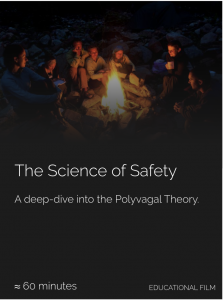
MY DASHBOARD - HOW IT WORKS
Your homebase on the platform is called ‘My Dashboard’. Think of this as a sort of library, and a set of tools for filtering that library. All of the content on the platform is visible to you on tiles. A tile will tell you what the content is, what it is about, what type of content it is (a film, a framework, a practice), and how long it is. Every image on the platform was hand-curated. Images attempt to convey the feel of a content piece. You can be very intuitive about this.Because there are hundreds of content pieces on the platform, most people need some kind of guidance.
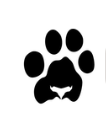
THE GUIDE ME TOOL
Jaguar is our 'Guide Me' tool. This is the simplest way to find guidance for the platform if you don't have a sense of where to start. It is located in the upper left corner of your screen if you are on a desktop. It has a little jaguar paw print beside it. On your phone it is the top icon.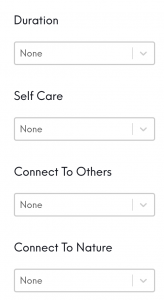
FILTERS
Our filtering tools organize content. If you are dealing with a symptom, choose the symptom filter first, because it will polyvagally organize all platform content, which will ensure that practices are relevant to your autonomic state. This is really important.You can combine filters in multiple ways. You can, for example, find practices in nature (Connect to Nature- Get Outside) that address Anxiety (Symptom).
The Keywords filter is really cool. If you don't know where to start, you can look through a list of hundreds of words to see if one sparks you.
To clear filters and start again, use the RESET FILTERS button.
ASSESSMENTS
In order to help you find relevant content, you can also use our assessment tools. We have an assessment for distress (polyvagally-informed) whose purpose is to help you find the dominant autonomic state in the present moment. We have a connection mapping tool that will show you your sense of relatedness across 42 dimension of self, others, nature, and spirit. Once you've taken an assessment, mouse over any bar to see what it represents, and click on any bar to take you to the content for that question.This video will walk you through using our assessments to tailor practices.
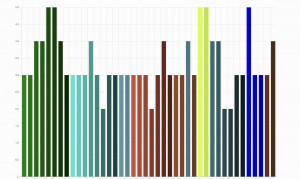
FILMS, FRAMEWORKS, AND PRACTICES
Once you’ve applied a filter, you will generally see three kinds of content.An educational film will teach you something. Many of our mentors have made educational films on the platform. If you find a presenter you like, you can find all of their work on the platform using the ‘presenter’ filter.
A framework is a constellation of ideas. Frameworks generally link theory with practices. They weave ideas together. They might map out how to deal with anxiety, in a general sense, for example by helping you understand some of what happens in the body when we feel anxious, and then giving you a variety of practice recommendations for how to deal with it.
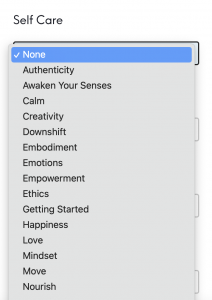
Practices are the bulk of the content on the platform. Practices are experiential. They are things you do. This is where the model meets the world. We'll describe a practice, but then we want you to go out into the world and do it. We don't want you to just read about the benefits of bicycling. We want you out there on wheels. The model is called Restorative Practices because our effort here is to help you find practices that address your symptoms in ways that are meaningful to your life. These provide a living manner to heal yourself.
Practices are clustered broadly into self-care, relationships, and nature.
Each of these broad categories has sub-areas. For example, in self-care, you can explore Awakening Your Senses, Emotions, Embodiment, Movement, of Using your Hands.
Practices are clustered broadly into self-care, relationships, and nature.
Each of these broad categories has sub-areas. For example, in self-care, you can explore Awakening Your Senses, Emotions, Embodiment, Movement, of Using your Hands.
WHAT WAS THAT WORD?
Because this platform draws from neuroscience, and from cultures around the world, there are times when we may use a word you don't know. We won't do this to be flashy, or elitist, but because we want to be precise. There are generally two kinds of words that we will use.First, we may use specialized words from neuroscience. Such as Polyvagal Theory, interoception, and neuroception. What??? If you are scratching your head, that's ok. We know this can sound intimidating.
Second, we may use words from other languages in their source languages. Such as nunchi, la facultad, or pakikiramdam. What??? Why would we do that? Because every language is a map, and the English language is a map that is missing alot of words. These are called lexical gaps. A lexical gap is a place where there is a word in some other language that describes something you just cannot say in English. For example: we say in English that a picture is worth a thousand words. But there's a word in the Hawa'iian language that means: a word worth a thousand pictures. In English, we don't have a word for that.
That's why the platform comes with a glossary. This is under the Hi, menu.
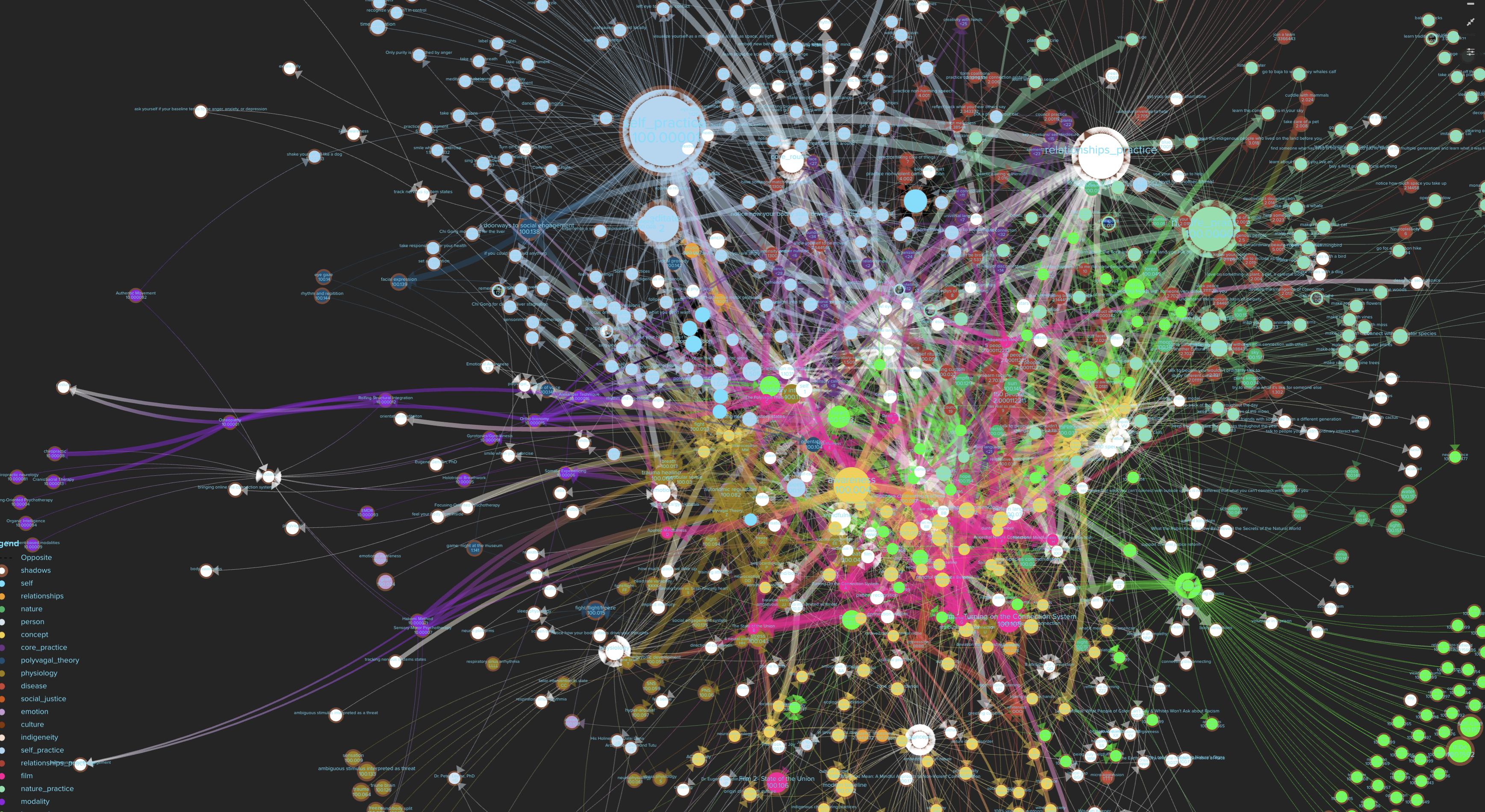
RELATED PRACTICES
Because the platform is radial in nature, underneath any piece of content is a map of the relationships between it, and all of the other pieces of content on the platform. If you like this kind of stuff, you can view a data visualization of our master topology here. This is relational engine underneath the hood of this platform.What this means, practically, is that if you find content that you enjoy (a film, a framework, or a practice), there will be a list of all the related content on the platform beneath it. In this manner you can move from things you are interested in to things that are related to those things. Since we generally retain information because it is useful to us, this method of moving through platform content, which weaves it together associatively, is one of the most effective ways to utilize the platform.
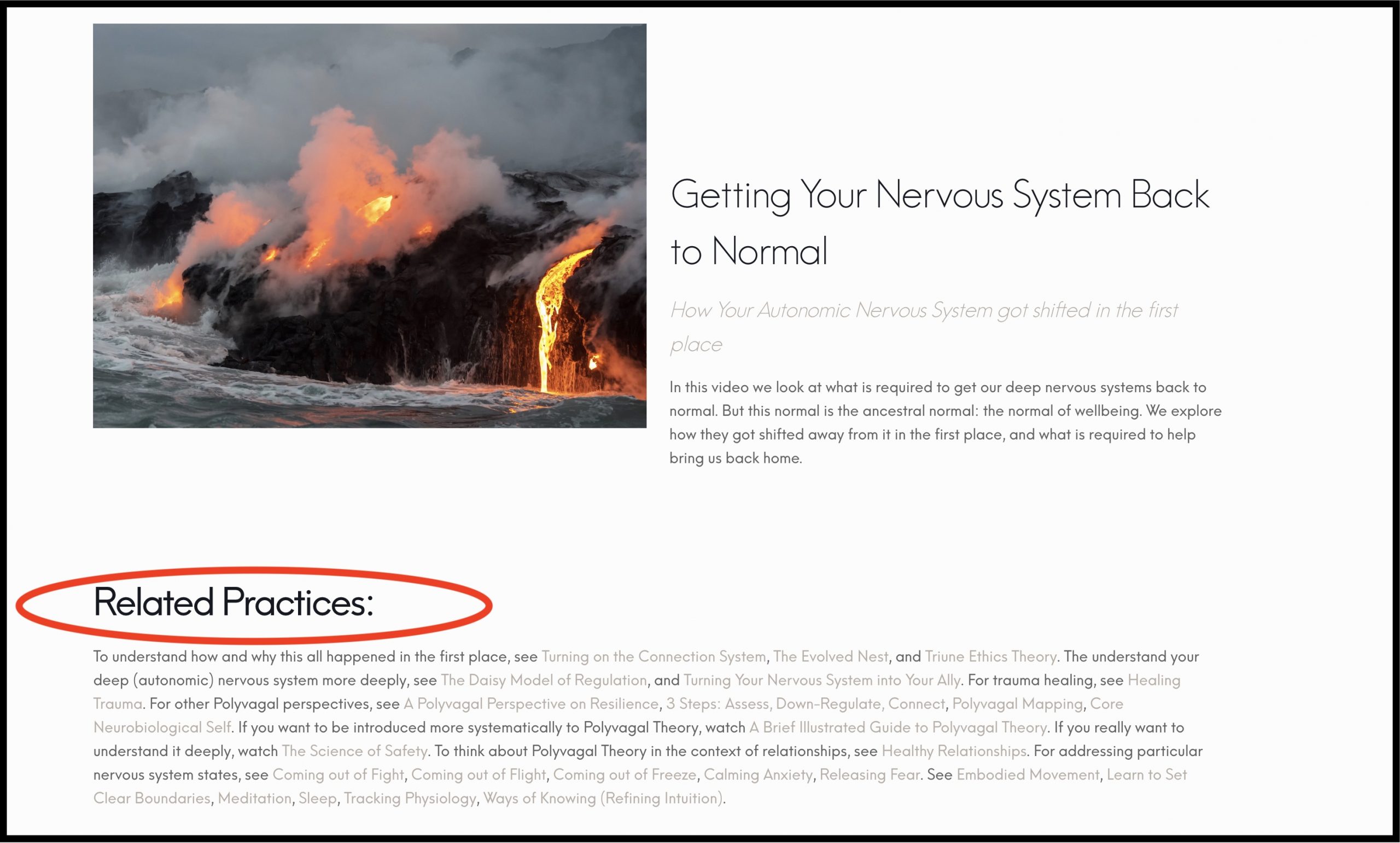
REFLECTION
In this process, you are going to learn new things, have new experiences, and weave them together in new ways. You are going to have the opportunity to make meaning out of all of this. This meaning-making is a reflective process. As you engage with this learning content, some of it may delight you. We invite you to ask yourself what delights you about it. How do you know? How do you feel that in your body? What emotions does it give rise to? What thoughts? As you engage with this content, you might find some of it provoking. Again, how do you know? How does that feel? What emotions does it give rise to? What thoughts?We hope that you can imagine that taking notes during your journey is probably a good idea. If you were visiting a new land, either interior or exterior, you might find it useful to have some documents of this journey. You might bring a sketchbook, and a notebook. These are good tools to bring with you on this journey.
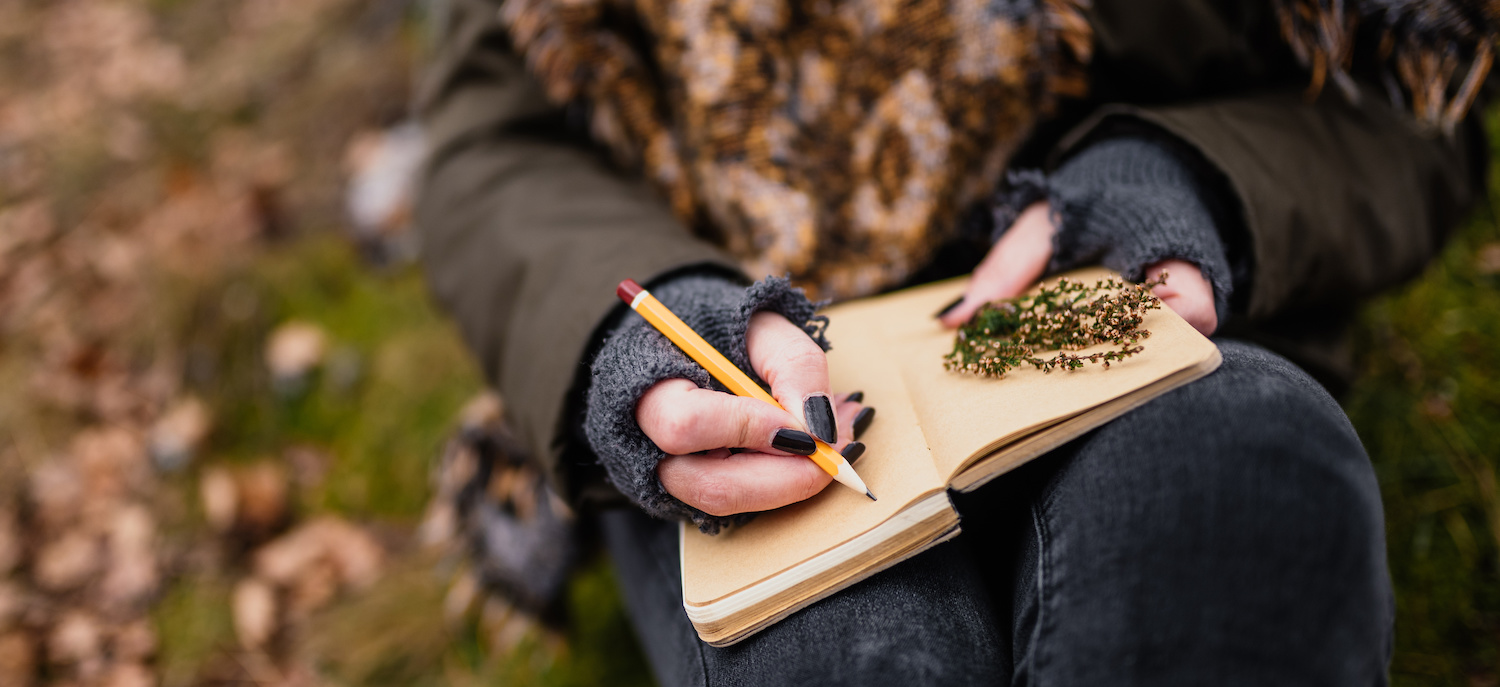
GUIDANCE
In addition, generally speaking, when moving into a new territory it is good to have a guide. In our research, we have found that this one of the crucial things required to make our learning journey more effective. A guide, or even a co-traveler, someone who is not you who can witness your journey, is generally a very useful thing to have. This is for two reasons. First, this entire platform is relational. This is a relational process you are engaging in. And so it is good to experience this journey in the context of a relationship, or a community. Secondly, we all have blindspots. The definition of a blindspot is that you can't see it. So if you are using the platform alone, you won't see what you aren't seeing. Having accompaniment helps us see ourselves from other perspectives.If you would like guidance on the platform, or would like to find someone trained to accompany your journey, see our Directory of Practitioners. As our global village grows, the likelihood increases that there may be someone trained in our work you can actually go be with in real life. If not, many of our curators provide remote sessions. These are individuals with various backgrounds who have been trained to utilize the platform with patients and clients. Some are physicians, some are therapists, some are coaches. You can find guides who work on everything from mindfulness, to social justice, to neurodivergence, to grief and loss.
If you are a wellness professional or a wellness coach, and are interested in becoming a guide so that you can use the platform with your patients or clients, send us an email at support@restorativepractices.com to learn more about becoming a curator, and about enterprise licenses for your practice or clinic. If you are part of an organization and would like to use the platform with a team, or more broadly, you can contact us as well.
We hope you find the platform incredibly useful.
My name is Gabriel, and what you are now stepping into is the culmination of nearly 30 years of focused work that I have assembled using every scrap of ingenuity I could muster, with the guidance and mentorship of hundreds of people who dream of a world where our hearts once again are liberated to tell our minds what to do.
We are at your service, and in service to an ancestral future that remembers the deepest roots of our human capacities for love, mutuality, justice, and flourishing. Thank you so much for coming into our growing village. Our strongest wish is to help you find your way home. This will not be easy, but the word courage comes, in fact, from the french word for heart: coeur. This great heartedness in action is much needed now. If not us, who? If not now, when?
We are here to stand with you on the journey of a lifetime.
In solidarity & service,
Natureza Gabriel
Founder, Hearth Science, Inc.
Convener, Restorative Practices Alliance
Co-Founder, Academy of Applied Social Medicine
NAVIGATION
One final navigational note. Use the navigation menu in the header to move around the platform. You can use the buttons there to return to MY DASHBOARD, to view MY COURSES, and to get HELP. Under the HI, menu is information about your account, a place to update your account information, and a place to update your credit card.

